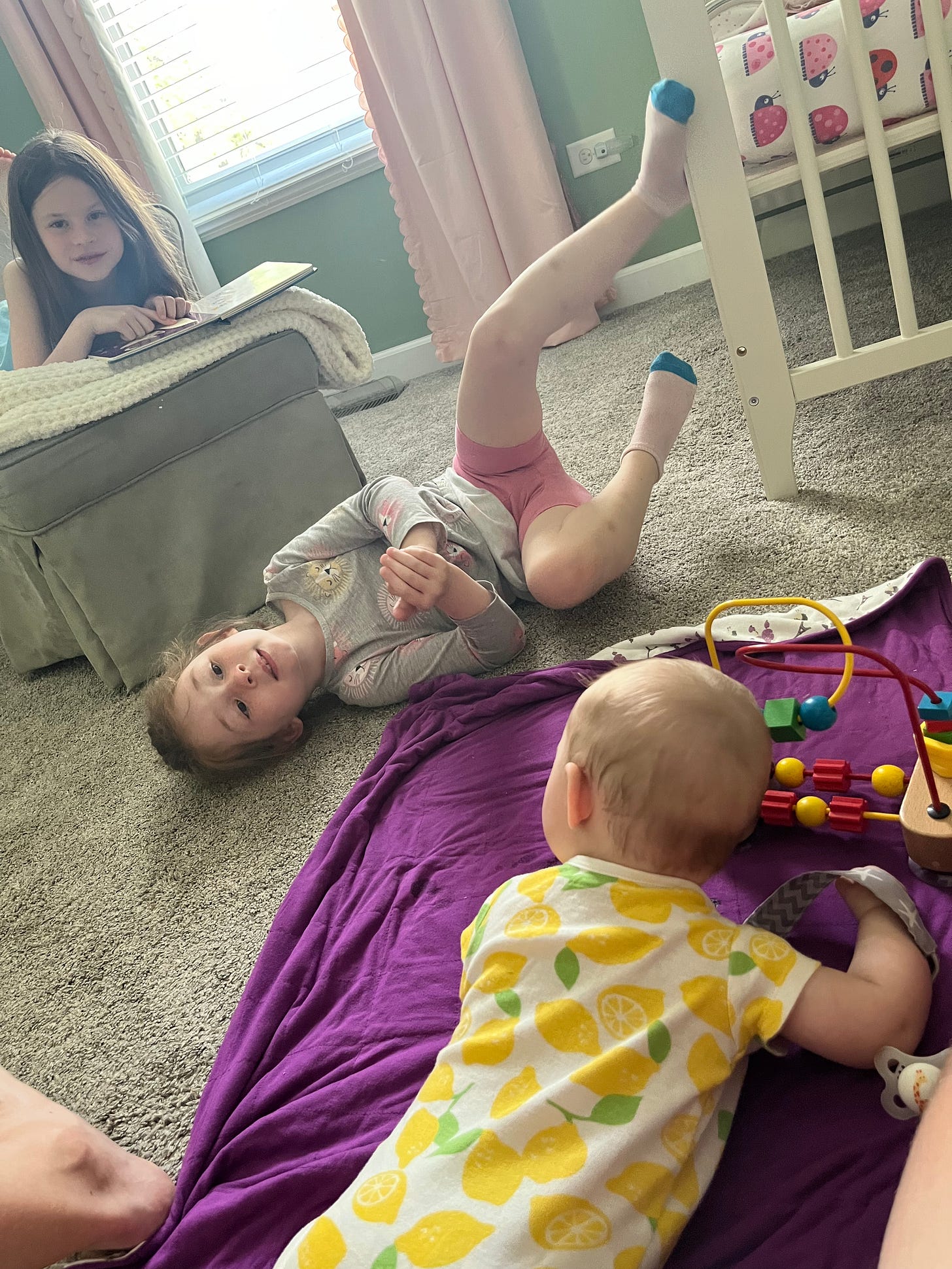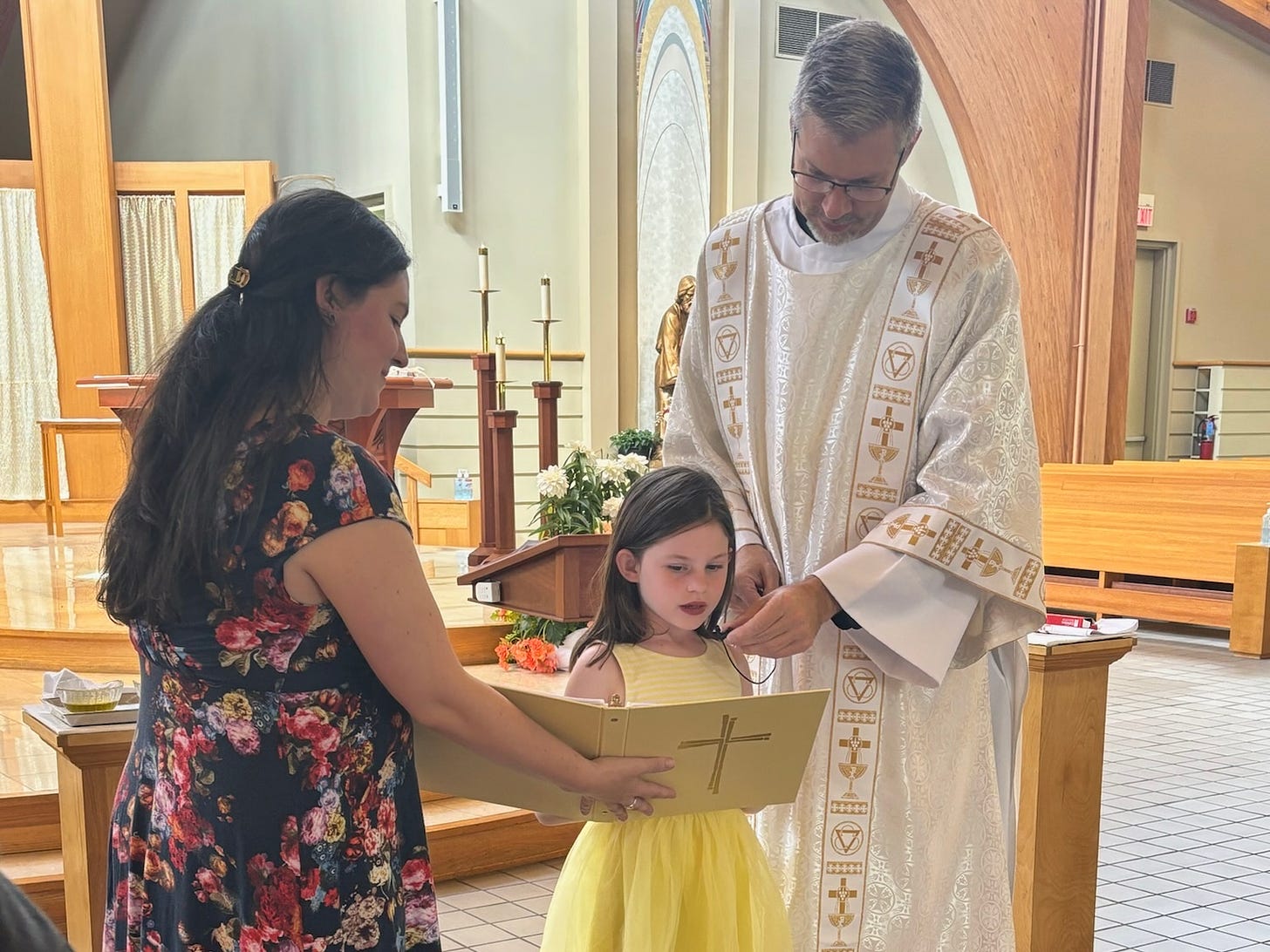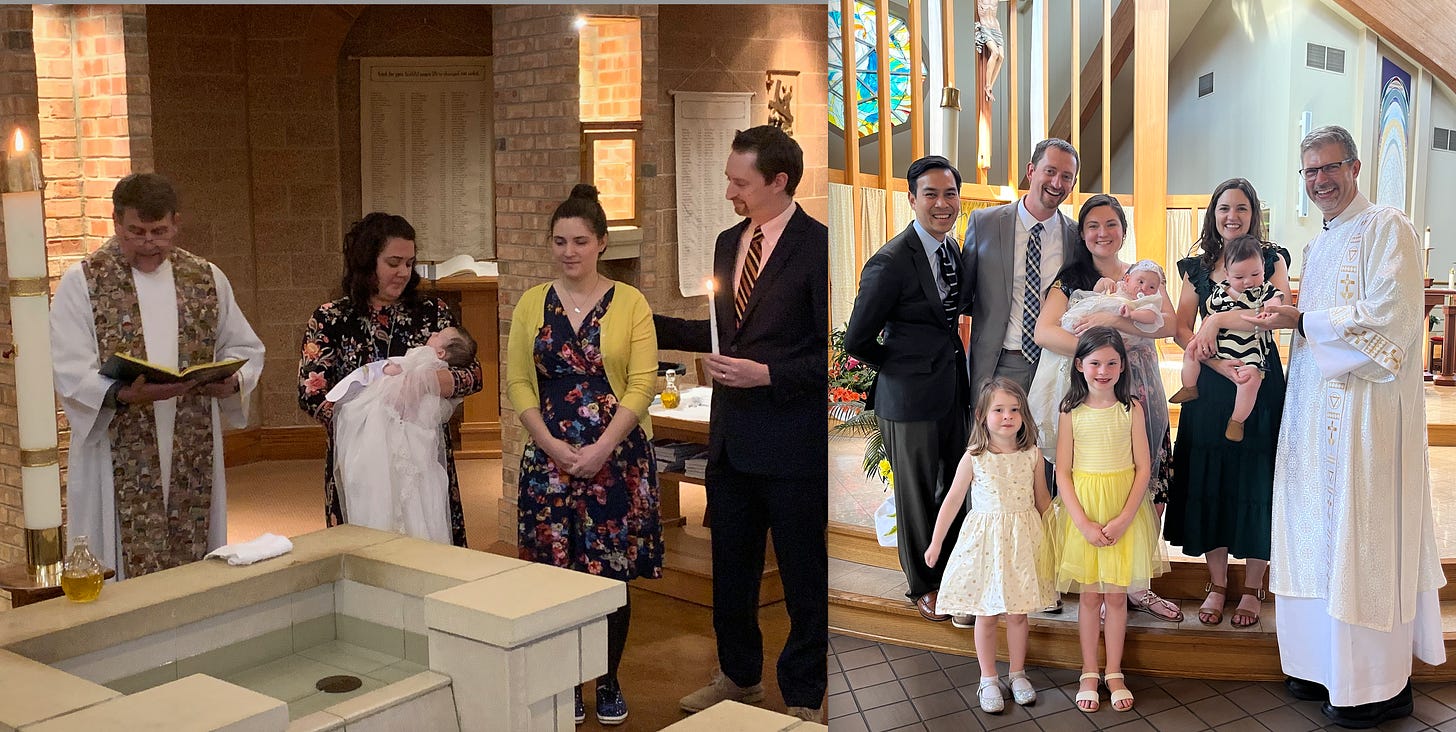by Dan Masterton
It’s summertime, and the livin’ isn’t easy.
Gone are the days of 8:55 drop-off and 3:30 pickup. Here are the days of planning minimally two different activities for my bigger little kids.
My Sunday nights at the dry erase weekly calendar resemble the Charlie Day and Zach Galifianakis memes. There I stand, paving multiple avenues for the week’s days by which surplus energy and inexhaustible drive might be utilized and somewhat spent by the end of each day. This is largely a doomed proposition from the jump, for our two non-infant children are acing the whole “we’re not tired” test, filibustering bedtime nearly nightly and proclaiming “I can’t fall asleep” before evening prayers have even been recited and lights have even been dimmed.
For all the exhaustion and endeavoring for creativity in my weary heart (it’s not even July yet?), I am at least decently disposed to the chase. I have a “bucket list” note in my phone of big stuff to try for; my weekly calendar board has magnets labeled with each of our usual haunts (library, zoo, arboretum, children’s museum, etc.); I have flyers and browser bookmarks for the special summer events around town; I have a hitlist of playdate friends to hit up for meet-ups.
Ever since my wife and I made the choice that I’d mostly to stay home with the kids, I’ve always been the parent that wants my kids out and about. In part, this is an attempt to pair the direct, personal home time I get with my kids as a stay-at-home parent with the crucial, integral socializing they’d more naturally get if they were usually at a daycare or day-school. This has meant that playgrounds, library storytimes, park district classes, and all manner of social outings are part of the week-in-week-out fabric of my life at home with my kids.
I’m pretty Type-A, pretty organized, pretty resourceful — and this part of me gets to shine and gleam a bit in constructing this puzzle for and with my kids.
Yet, days like yesterday (Monday) come along, too, that leave me a bit flustered, frustrated, and even scared — days when I can’t come up with enough activities. When I drew up this week, I had a big blue circle and a question mark on Monday afternoon. We could hit a new splash pad after swim lessons in the morning — we wouldn’t even need to change! — but after coming home for lunch, there was nothing!
Library time needed to wait until Thursday, the day before we leave for a long weekend trip or else Lucy will read all her books before we even pack. The children’s museum would almost be closed by time we could finish lunch and run over there, so better save that for Tuesday. The special park district event is Wednesday, and the forecast is so hot for Monday that a day at the zoo would be miserable (we’ll go Friday before we pack). So what do we do?
The answer is obvious: nothing.
But I had already written “relax” in for Wednesday afternoon! That was already one module of planned relaxation time at home! Can I have two of those in a week? What madness am I inviting?!
It’s a struggle for me to embrace making fewer plans. But even just typing it out helps me acknowledge my absurdity.
Because of my personality and how my mind works, I am interested in structure, shape, and linear progression to such a degree that I’ve always struggled to play with my kids during these 3s, 4s, and 5s. When they’re younger, the randomness is more easily stomached; when they’re older, the understanding can be more easily reached. In this window, thought, their short attention span, the way they change their minds quickly, the way they set me up to contradict myself or mess up, the way they often can’t quite explain what they’re thinking or want — it eats at me. And I too often come into their playtime and imagined scenarios waiting to get frustrated.
So these lengthy blocks of time at home just feel like extended periods during which I will fall short, trouble our bond, and leave them irked. So I prefer to avoid it — to get out and about, to be playing and moving, to be going from here to there to here to there. In those transactions, I can be the effective cruise director who successfully shepherds them from fun thing to fun thing, and while doing so can more concretely provide the things they need — pre-packed supplies, snacks, water, gear, and more.
It’s a harsh self-characterization that is exaggerated, if still true. But I struggle to welcome the fallow time into our school breaks that we all could use!
Creatives take time away from the blank page and the new canvas to refresh their thinking and output; farmers leave plots of land empty for the soil to regenerate its nutrients and be better for the next crop; priests and religious take sabbaticals to decompress, study, and rest before returning to the field. While there’s many benefits to these things, it’s the fundamental reset and refresh for spirituality that is so crucial — a way to recalibrate and bring to new rest one’s soul.
My kids — and me — need to have this time somewhere in our week-to-week to retain our creativity, to struggle through these bumps in my road with them, and to keep learning how to be bored together and to cultivate fun from that boredom.
In our case, this spat of involuntarily fallow land this time was just right.
It was proper space for Lucy to warmup after being wet at the splash pad by reading next to the big, sunny windows; for Ceci to set up a hair salon and plop me down in her chair for a styling; for Brigid to get a cozy, home-field-advantage nap in her crib in the midst of a nasty sleep regression and the emergence of the feared first tooth. And for me, it was a chance to finish the laundry in the afternoon instead of at 11pm, to empty the dishwasher, and then to just be — in this case, to lay down next to my avid reader, using her Dalmatian slippers as a temporary pillow, and rest for ten minutes, and then to get my bed-head, unwashed, hat-head hair “styled” by a local artisan. And then after everyone was awake and content, we all lounged around, playing in orbit of one another bit by bit.
It’s so tempting to never stop creating, to plant on every square foot of land each season, or to try to serve up activity non-stop. It’s better when that hustle incorporates some empty space and slows or stops for a bit. I’m happy to say that, for a moment, I’m a bit more rested and surely quite freshly coiffed.





